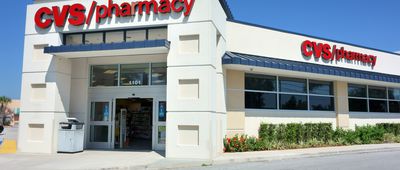Long Shelf Lives
Modern households have plenty of new items and products that didn't exist 10 years ago, and some might not still exist 10 years from now. But other brands and products have shown far more longevity — and some of the brands in your cabinets and closets are the same ones your parents or grandparents bought, and possibly even their parents or grandparents before them.
Here are some of the most enduring products still around today, including Vaseline, which has somehow become trendy again as a new generation of users discover it — all thanks to TikTok, of course.







































